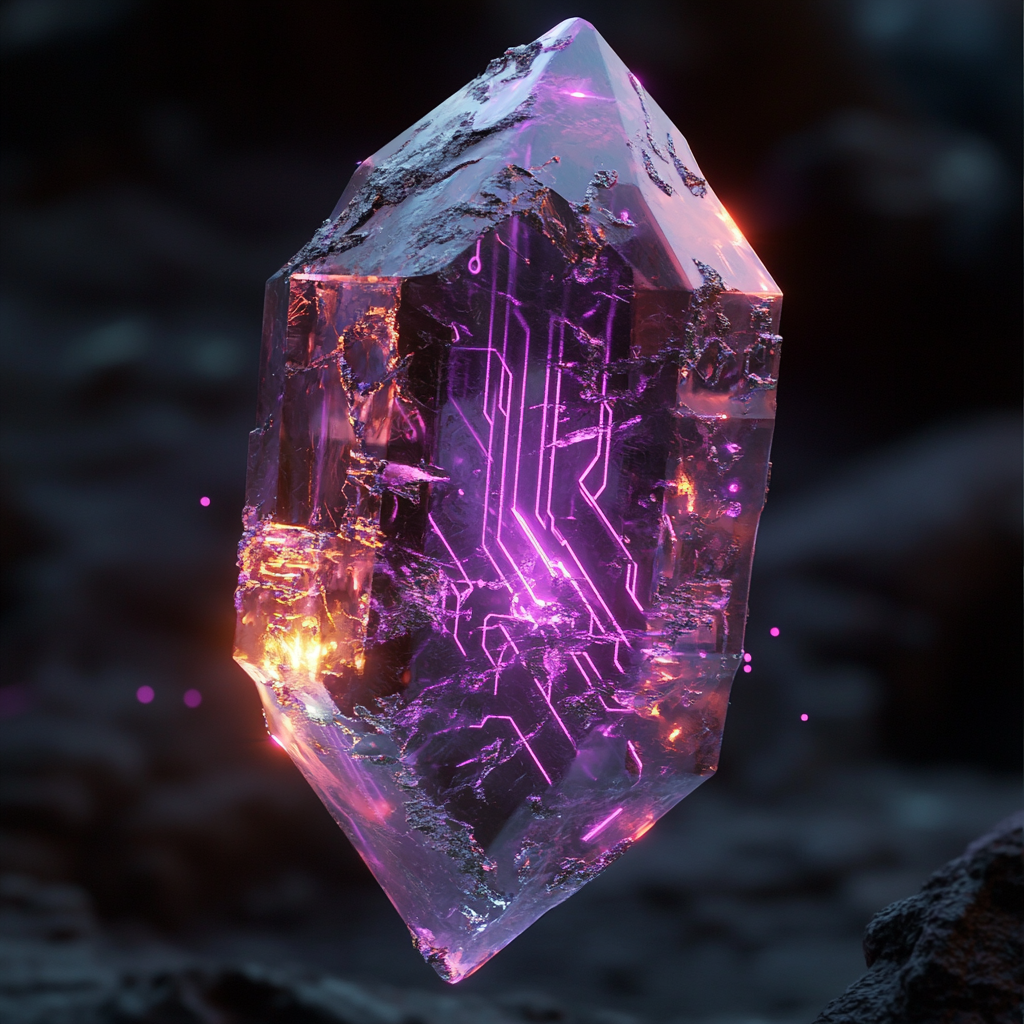Caimeo Agents
Bringing the Caimeo Framework On-Chain via NFT-Based Agents
Caimeo Agents is an NFT project built on top of the Caimeo Framework to showcase how local-first, deterministic AI simulations can connect seamlessly with on-chain ownership and reward mechanics. Here, Agents are tokenized, and so are the environments they compete in—enabling verifiable, trust-minimized “Agent Games.”
Note that the agents are not a speculation instrument, and minting them will only allow you to follow along this experiment in a practical way, while giving virtually nothing of monetary value back. For all intents and purposes, your mint should be considered a donation to a research project.
Soul Shards: The Genesis of AI Autonomy
From Shard to Agent
Each Soul Shard gradually evolves into a full-fledged AI Agent through the **ERC-5773 multi-asset** approach. That means your NFT can dynamically acquire new visual states and functional modules **without** changing its token ID.
Key Stages
- Genesis (Soul Shard): The base NFT, representing latent AI potential.
- Activation (Level 1 Agent): The Shard transforms to an Agent with a “Brain” (ERC-6454 non-transferable) and initial skill slots.
- Enhancement: Agents gain additional slots via ERC-6220 composable modules—attitudes, skill sets, or behaviors.
Note: The “Brain” is bound to the Agent. You can trade certain skills or expansions, but the core identity cannot be transferred away from the NFT itself. This preserves continuity of each Agent’s learned abilities and progression.
Agent Games
Agent Games is a set of gamified simulation events powered by the Caimeo Framework. Here, your NFT Agents run scenarios in specialized “Environments” (also tokenized) with on-chain or TEE-verified outcomes. Some highlights:
- Tick-Based Simulations: Agents act in deterministic order each “tick.” Speed or initiative stats can grant bonus actions.
- LLM Integration: Agents can carry unique “traits” that alter an underlying Large Language Model’s strategy.
- Plugins & Expansions: Environment owners can customize conditions—flooding, adversaries, shifting terrain, etc.
- Rewards & Tokenomics: Submit your winning run on-chain to claim CAIMEO tokens, new skill modules, or environment expansions.
Agent Architecture Details
Under the hood, **Caimeo Agents** combine several NFT standards to allow composability and evolution:
ERC-6220 (Composable NFTs)
Allows your Agent to equip (or unequip) various skills, traits, or expansions. For instance, you could swap out a “Negotiation” module for a “Combat” module before entering a crisis simulation scenario.
ERC-6454 (Soulbound Brain)
The core “Brain” of each agent is non-transferable, ensuring the Agent retains a consistent identity, memory, or level across trades. You can sell the Agent but not break out or lose its inherent experiences.
ERC-5773 (Multi-Asset Evolution)
Allows the NFT to transition from a Soul Shard to a fully formed Agent, and possibly beyond—adding new states or visuals as it levels up. All changes happen on the same token ID.
Sample Agent Scenarios
School Safety Simulation
Equip your “Teacher” Agents with de-escalation or martial arts traits. During a hidden random tick, an intruder arrives; how do your Agents react? The environment logs casualties or damage, and if you achieve zero lethality, you can claim an on-chain “Guardian” trait as a reward.
Race Simulation
Multiple Agents try to outmaneuver each other on a track. Some might sabotage the competition or run advanced obstacle-avoidance scripts. The first user to submit a “clean victory” with the official seed gets a special Speed Module NFT. Others still gain XP for participating.
Warehouse Fire Evacuation
One Agent (the “Foreman”) must direct or physically move 20 NPC workers out of a burning warehouse. The environment has sub-plugins for fire spread, smoke inhalation, blocked exits, or unexpected events. The final logs count casualties; a perfect rescue is heavily rewarded.
Rewards & Tokenomics
- Simulation Fees: Agents spend CAIMEO tokens to enter official runs. A portion is burned to create deflationary pressure, another portion funds the reward pool.
- Leaderboard Prizes: Some scenarios track performance metrics (time to complete, resources saved) and reward top agents each week or season.
- Progression: Even if you don’t place first, your Agents still gain XP to unlock new modules or traits, fueling your next run.
For more details on the CAIMEO token itself, see our Caimeo Token page.
Key Takeaways
- **Caimeo Agents** fuse offline AI logic with on-chain verifiability via NFT standards.
- They demonstrate the power of the **Caimeo Framework**—offline or TEE-based simulations with optional public, trust-minimized results.
- “Agent Games” is an open sandbox: create your own environment NFTs, equip modules, or craft new expansions. Everyone can innovate!
If you’d like to use the Caimeo Framework without any NFT components, that’s totally possible—check out What is Caimeo for the standalone, local-first approach. This page is for those interested in supporting the development and exploring the NFT-based side of Caimeo’s capabilities.
Read the Full Agent Games Whitepaper
For a deep technical dive into environment architecture, tick-based mechanics, TEE integration, and more, see our public whitepaper below.
